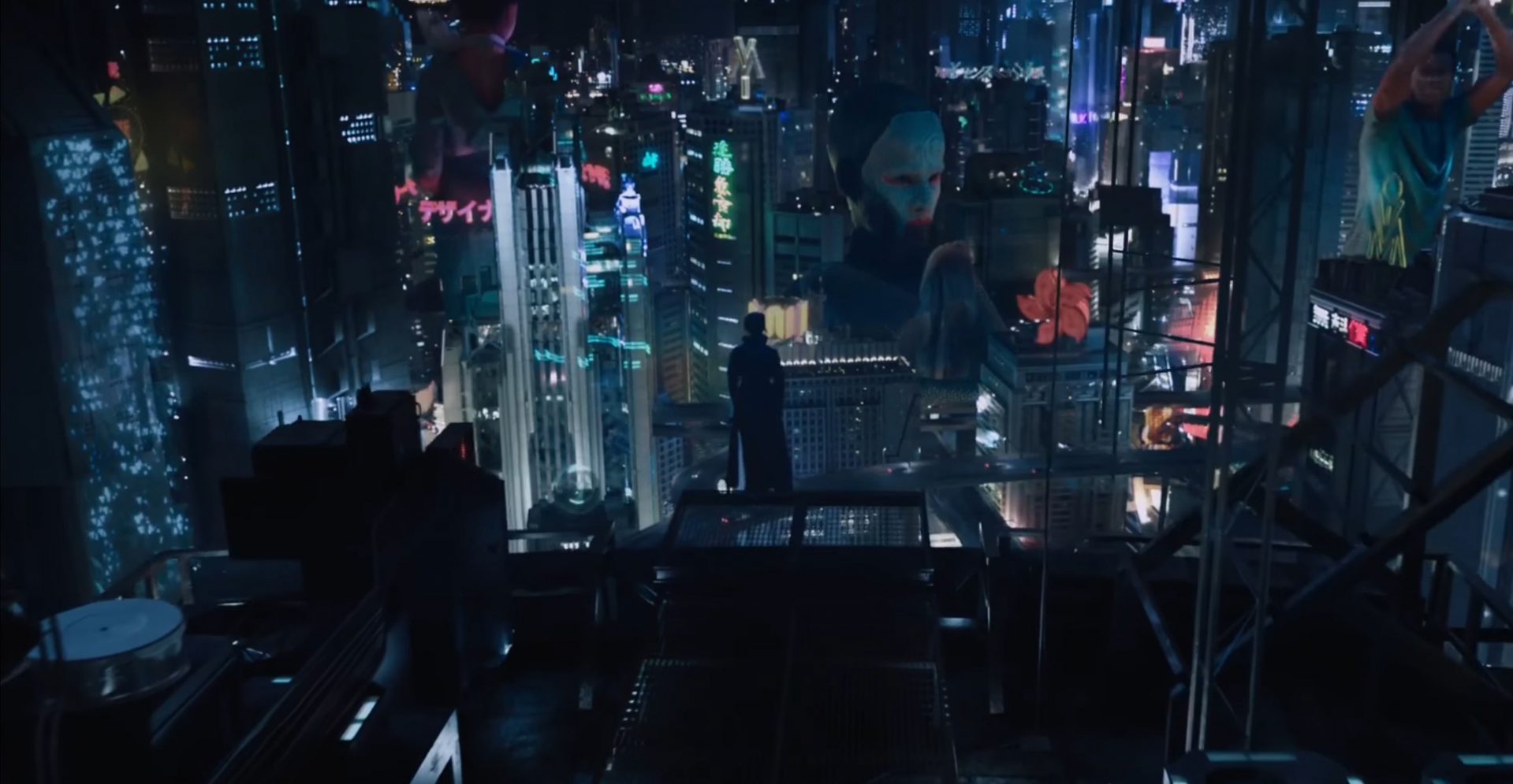[Reading Response] – Communal After-Living: Asian Ghosts and the City by Katarzyna Ancuta
In this article, Ancuta explores the relationships between ghosts and humans in Asian cities, as well as the three major themes in Asian ‘apartment horror’ films. These themes include the coexistence of ghosts and the living in a contiguous community, the alienation and fear of loneliness in modern urban lifestyles, and the representation of ghosts as symbols of failed economic dreams that drive rural populations to migrate to cities. I want to focus on the loneliness in modern urban lifestyles because it is more relevant to Hong Kong now. Ancuta mentions that the loneliness that the ghosts feel in movies
